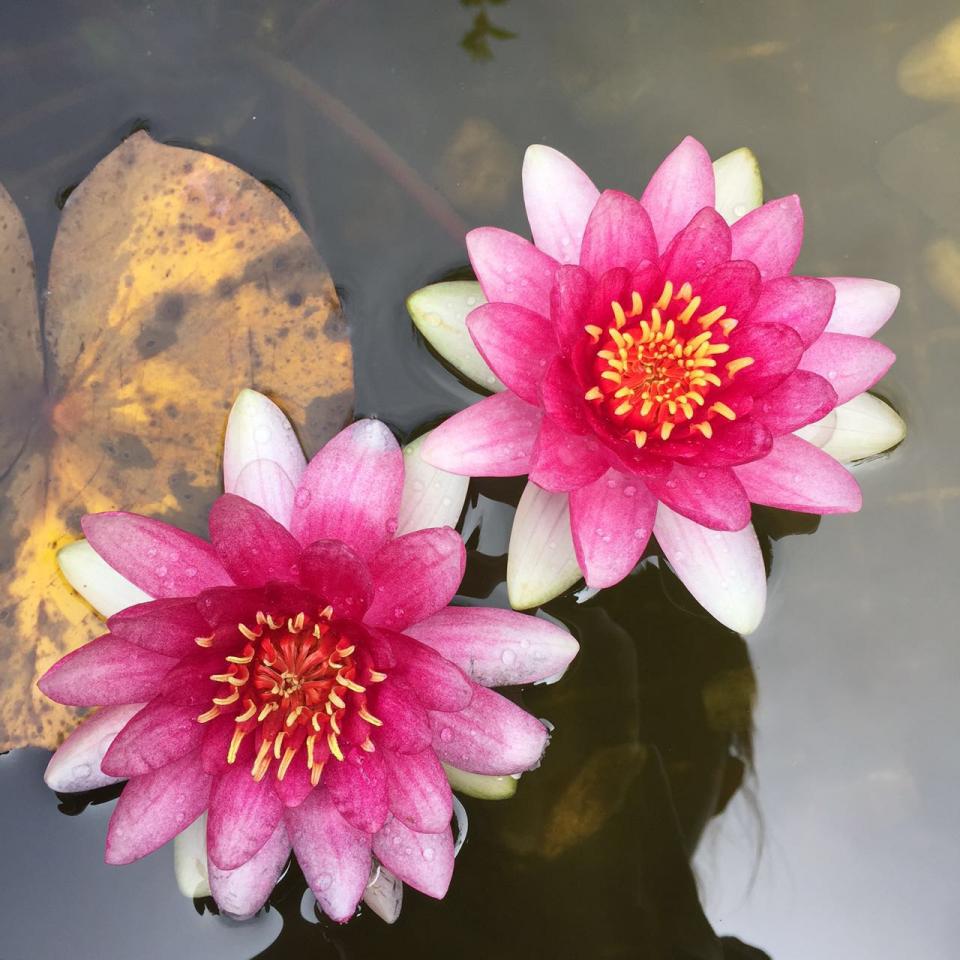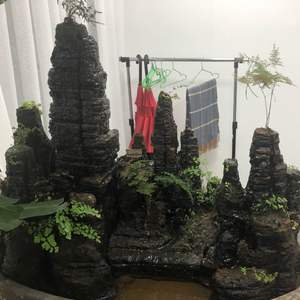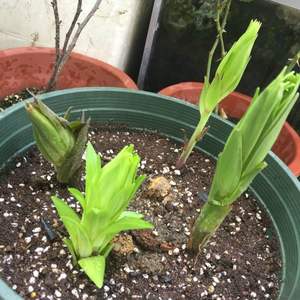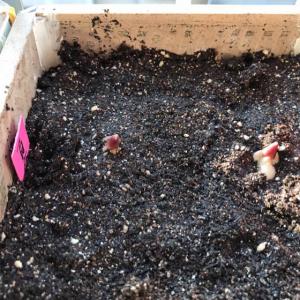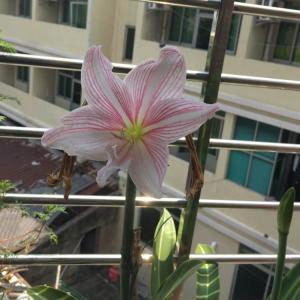动态 (260)
lrgarden
2023年05月31日

1. Physical Health
Physical health plays a crucial role in the overall well-being of older adults. Regular exercise, including strength training and cardiovascular activities, helps maintain muscle strength, flexibility, and cardiovascular health. It also reduces the risk of chronic conditions such as heart disease, diabetes, and osteoporosis. Additionally, a balanced diet rich in nutrients is essential for supporting immune function, maintaining a healthy weight, and preventing age-related diseases.2. Mental Health
Maintaining good mental health is vital for older adults' overall well-being. Staying socially engaged, participating in mentally stimulating activities, and seeking emotional support are essential for preventing feelings of loneliness, depression, and anxiety. Engaging in hobbies, pursuing lifelong learning, and staying connected with family and friends can help enhance cognitive function and promote mental well-being.3. Chronic Disease Management
Older adults often face a higher risk of chronic health conditions such as hypertension, arthritis, diabetes, and cardiovascular disease. Effective management of these conditions is essential to prevent complications and maintain a good quality of life. Regular check-ups with healthcare professionals, adherence to prescribed medications, and lifestyle modifications such as a healthy diet and regular physical activity are key components of chronic disease management.4. Medication Management
Older adults often take multiple medications to manage their health conditions. Proper medication management is crucial to prevent adverse drug interactions, ensure appropriate dosages, and minimize the risk of medication-related complications. Regular medication reviews with healthcare professionals, keeping an updated medication list, and understanding the purpose and potential side effects of each medication are essential for safe and effective use.5. Fall Prevention
Falls are a significant concern among older adults and can lead to severe injuries and a decline in independence. Creating a safe living environment, removing hazards, installing handrails and grab bars, and participating in strength and balance exercises can help prevent falls. Regular vision and hearing check-ups also contribute to maintaining stability and reducing the risk of falls.6. Preventive Care and Screenings
Preventive care and screenings are crucial for maintaining health and detecting potential issues early on. Regular health check-ups, immunizations, cancer screenings, and bone density tests are essential components of preventive care for older adults. By staying proactive in their healthcare, older adults can identify and address health concerns before they become more significant problems.7. Palliative and End-of-Life Care
Palliative and end-of-life care focus on enhancing the quality of life for older adults with serious illnesses or at the end of life. It involves managing symptoms, addressing emotional and spiritual needs, and providing support to both patients and their families. Access to palliative and end-of-life care services ensures that older adults receive compassionate and comprehensive care tailored to their unique needs.Conclusion
Geriatric health encompasses various aspects of physical, mental, and social well-being for older adults. By prioritizing geriatric health, individuals can maintain their independence, prevent and manage chronic conditions, and enhance their overall quality of life. Promoting optimal health in the golden years requires a comprehensive approach that addresses physical health, mental well-being, chronic disease management, medication safety, fall prevention, preventive care, and access to palliative and end-of-life care. With the right support and proactive healthcare, older adults can enjoy a fulfilling and healthy life as they age.
文章
lrgarden
2023年05月29日

1. Giza Necropolis
No visit to Egypt is complete without marveling at the Giza Necropolis, home to the Great Pyramid of Giza, the Sphinx, and numerous other pyramids. These colossal structures, built as tombs for the pharaohs, continue to awe and inspire visitors with their architectural grandeur and enigmatic history.2. Karnak Temple Complex
Located in Luxor, the Karnak Temple Complex is a vast open-air museum of ancient Egyptian temples. Walk among the towering columns and explore the temples dedicated to various deities, including the impressive Hypostyle Hall, adorned with massive columns and intricate hieroglyphs.3. Valley of the Kings
Burial ground of pharaohs from the New Kingdom period, the Valley of the Kings in Luxor is an awe-inspiring archaeological site. Discover the elaborate tombs, such as the tomb of Tutankhamun, and admire the well-preserved artwork and hieroglyphic inscriptions that adorn the walls.4. Abu Simbel
The Abu Simbel temples, located in southern Egypt, are an engineering marvel. Carved into the mountainside, the temples feature colossal statues of Ramses II and breathtakingly detailed facades. Don't miss the awe-inspiring sound and light show held in the evenings, bringing the temples' history to life.5. Luxor Temple
Situated on the east bank of the Nile River, Luxor Temple is a magnificent ancient Egyptian temple complex. Admire the grand entrance lined with colossal statues, explore the hypostyle hall, and marvel at the beautifully preserved reliefs depicting scenes from ancient Egyptian mythology.6. Egyptian Museum, Cairo
Immerse yourself in Egypt's rich history at the Egyptian Museum in Cairo. Home to an extensive collection of artifacts, including the treasures of Tutankhamun, the museum showcases ancient Egyptian art, statues, mummies, and artifacts that offer insights into the country's captivating past.7. Philae Temple
Located on an island in the Nile near Aswan, the Philae Temple is a picturesque ancient temple dedicated to the goddess Isis. Accessible by boat, this stunning temple complex showcases intricate carvings, hieroglyphs, and breathtaking views of the Nile.8. Temple of Hatshepsut
The Temple of Hatshepsut, located near Luxor, is a testament to the power and influence of one of ancient Egypt's few female pharaohs. Marvel at the impressive terraces, colonnades, and statues, and learn about the remarkable story of Hatshepsut's reign.9. Saqqara
Explore the vast necropolis of Saqqara, home to the iconic Step Pyramid of Djoser. This ancient burial complex is considered one of the earliest colossal stone structures in Egypt and offers a glimpse into the evolution of pyramid architecture.10. Mosque of Ibn Tulun
While Egypt is renowned for its ancient wonders, the country also boasts significant Islamic landmarks. The Mosque of Ibn Tulun in Cairo is one such architectural gem. Built in the 9th century, the mosque features intricate carvings, a large courtyard, and a distinctive minaret.Conclusion
Egypt's historical sites are a testament to the extraordinary achievements of ancient Egyptian civilization. From the iconic pyramids of Giza to the intricate temples and tombs, these top 10 historical sites offer a captivating journey through time. Immerse yourself in the fascinating history, marvel at the architectural wonders, and gain a deeper appreciation for Egypt's rich cultural heritage.
文章
相关用户


